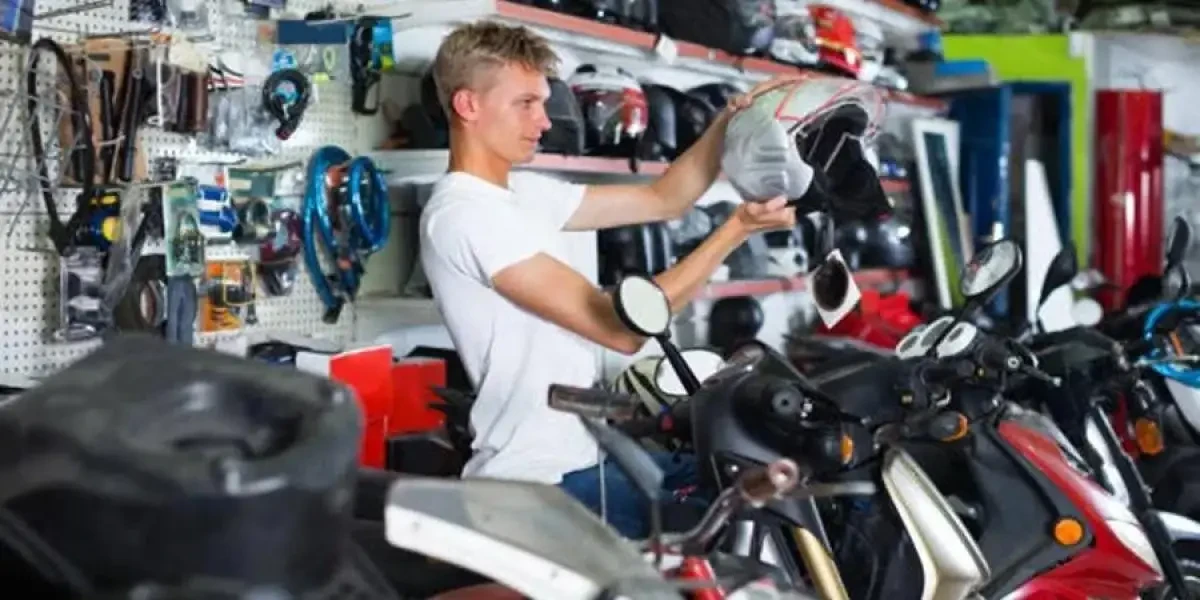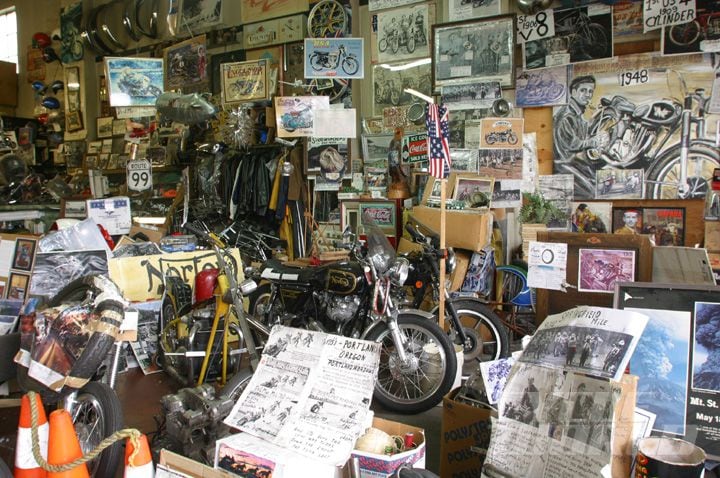Recognizing the Vital Components of a Motorcycle: A Comprehensive Overview for Lovers
For bike enthusiasts looking to boost their riding experience and guarantee their bikes run efficiently, comprehending the important parts of a bike is paramount. Each aspect, from the engine's intricate operations to the vital function of the braking mechanisms, not only affects performance however additionally safety and convenience.
Engine Parts

The camshaft plays a vital duty in controlling the timing of the engine's valves, ensuring the specific opening and closing required for efficient fuel and air intake, in addition to exhaust expulsion. This timing is vital to preserving ideal engine performance and performance. In addition, the carburetor or gas injection system, depending on the motorcycle design, is in charge of mixing air with fuel in the proper ratio for burning.
The cooling system, either air or liquid-based, functions to maintain the engine's temperature level within operational limitations, stopping getting too hot and guaranteeing long life - motorcycle shop. Each element, diligently made and incorporated, contributes to the seamless procedure of the engine, defining the motorbike's power outcome and general efficiency
Transmission System
Integral to the bike's capability, the transmission system guarantees reliable power transfer from the engine to the wheels. This system comprises numerous critical parts, consisting of the clutch, transmission, and last drive, each playing a crucial function in converting the engine's power into activity. The clutch, normally operated by a hand bar, serves to disengage the engine and involve from the transmission, permitting smooth equipment changes and regulated acceleration.
The transmission, frequently described as the transmission correct, contains a set of gears that riders can manually move through to readjust the bike's rate and torque outcome. These equipments are prepared in a sequence that enables the motorbike to increase smoothly and maintain ideal engine efficiency throughout numerous speeds. The majority of bikes use a sequential transmission, requiring the cyclist to move gears in a fixed order.
Braking Mechanisms
While understanding the transmission system is essential to utilizing a bike's power, just as crucial is the ability to control and stop that power effectively, which is where braking systems come into play. Brakes are vital for safety and security and efficiency, providing the biker with the necessary control to browse different terrains and conditions. Generally, bikes feature 2 kinds of braking systems: disc brakes and drum brakes.
Disc brakes are more prevalent in modern-day motorcycles as a result of their premium efficiency. They consist of a brake disc, caliper, and pads. When turned on, the caliper presses the brake pads versus the spinning disc, converting kinetic power right into heat, thereby reducing the wheel. This system uses much better warmth dissipation, consistent efficiency, and boosted quiting power, specifically in wet conditions.
On the other hand, drum brakes, though less common, are still found in some bikes. They function by pressing brake shoes versus the internal surface of a drum affixed to the wheel. While typically much less effective in warmth dissipation and stopping power, drum brakes are less complex and much more economical.
Comprehending these stopping systems' subtleties allows riders to preserve their motorcycles effectively and appreciate the engineering that makes sure secure and reliable quiting.
Suspension and Steering
Suspension and steering systems are vital components that considerably affect a bike's handling and ride comfort. The shock absorber, including forks at the front and shock absorbers at the back, absorbs roadway abnormalities, improving stability and control. Front forks, inverted or commonly telescopic, compress and rebound to mitigate impacts, while rear shock absorbers preserve tire call with the road, critical for traction and safety.
Guiding, centered around the handlebars, connects the motorcyclist to the bike's directional control. The guiding head bearings guarantee smooth procedure, enabling accurate ability to move. Proper positioning and maintenance of these bearings are important for foreseeable steering response and lowering motorcyclist fatigue.
The suspension's adjustability is an additional crucial facet; preload, damping, and rebound settings permit modification to suit different riding problems and styles. This adaptability is essential for enhancing efficiency, whether browsing urban roads or dealing with tough tracks. Technologies like electronic shock absorber provide real-time adjustments, boosting trip high mens leather motorcycle gloves quality across diverse surfaces.

Electrical Solutions
After making certain a smooth and controlled experience through effective suspension and steering systems, interest turns to the electrical systems, a critical element of contemporary motorcycles. These systems play a critical role not just in starting the engine but likewise in powering over here different parts that boost the functionality and safety of the motorcycle.
At the heart of a motorcycle's electric system is the battery, which stores electric power essential for beginning the engine and powering supporting systems - motorcycle shop. The generator or generator, coupled with the rectifier-regulator, makes sure the battery stays charged while the motorbike is in cheap motorcycle gear operation, transforming mechanical power into electric power and keeping voltage degrees
The ignition system, another crucial part, is liable for firing up the air-fuel mix in the engine's cyndrical tubes. Modern motorcycles commonly utilize a digital ignition system, offering better performance and dependability compared to conventional systems.
Illumination systems, including headlights, tail lights, and indicators, are likewise crucial, making sure presence and safety and security for the rider. Added electronic elements such as sensing units, control units, and shows add to innovative attributes like fuel shot management, anti-lock braking systems (ABS), and electronic control panels, further enhancing the riding experience.
Final Thought
A comprehensive comprehension of a motorbike's important parts, including the engine, transmission system, stopping mechanisms, suspension, steering, and electric systems, is essential for lovers aiming to maximize safety, convenience, and performance. Proficiency of these aspects permits notified decisions concerning upkeep and upgrades, ultimately boosting the riding experience. By incorporating this understanding, motorcyclists can ensure their motorbikes operate at peak effectiveness and dependability, thereby making best use of both pleasure and long life of their automobiles.
For motorbike lovers looking to boost their riding experience and guarantee their bikes run efficiently, understanding the essential elements of a motorcycle is extremely important.Essential to the motorbike's performance, the transmission system guarantees efficient power transfer from the engine to the wheels.While understanding the transmission system is essential to taking advantage of a motorbike's power, similarly essential is the capacity to regulate and stop that power properly, which is where braking systems come right into play. Usually, motorbikes include two kinds of braking systems: disc brakes and drum brakes.
A thorough comprehension of a motorcycle's essential elements, including the engine, transmission system, stopping mechanisms, suspension, steering, and electrical systems, is indispensable for enthusiasts aiming to enhance efficiency, safety and security, and convenience.